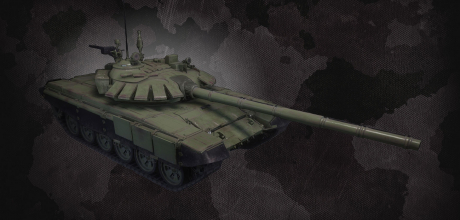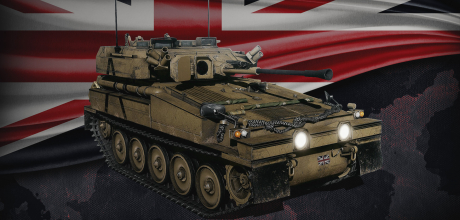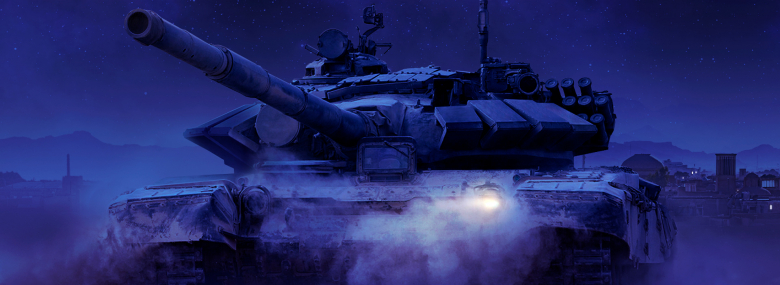
Commanders!
This month in our Branch of the Month series is dedicated to the Russian Fire Support Vehicle branch, available in Marat Shishkin’s vehicle pool. This branch has two distinctive parts – the airborne AFVs (Boyevaya Mashina Desanta – BMD) and the Terminator series Tank Destroyers.

To understand the BMD development process and the thinking behind it, we have to go back to the desperate days of the Second World War. Like other major nations, the Soviet Union had its own airborne troops, but they were – at least in their “intended” configuration – lightly equipped and spent most of the war fighting as regular infantry, not as airborne.
Unlike the U.S. Airborne or the German Fallschirmjäger troops, the Soviet airborne troops (VDV – Vozdushno-Desantnye Voyska) didn’t participate in any major drops. They did, however, pay close attention to the lessons learned by the failed German airdrops and the brutal airborne fighting in Normandy and came to several conclusions.
The first conclusion was that an increase of airborne firepower was critical. The WW2 era troops often landed with light arms only and a vehicle, equipped with a relatively powerful gun, that would be able to drop with them would be a really good thing to have on a battlefield where the presence of enemy fortifications or armor was reasonably expected. This lesson was paid with the blood of the American and British paratroopers in Normandy and resulted in the post-war development of light airborne gun platforms by both the Americans (M56 Scorpion for example) and the Soviets, represented by the ASU series of light assault guns.
The second conclusion was that the troops, when landing, needed a proper transport. Something a bit more armored than the light trucks the Soviets were using before and during the early days of the war, something like an APC, something that would allow them to run around and cause havoc behind enemy lines, which was, after all, the true purpose of the airborne troops.
And why have two different vehicles when you can combine their properties into just one?
Initially, the idea was to have the same IFV for both the airborne and the ground troops. Of course, there was the BMP-1 and the airborne forces tested it, but it didn’t really fit their needs. For one, it was too heavy for the standard Soviet military transport plane of the time (Antonov An-12) to carry. It was also too large – the internal space in the Soviet planes was limited and only one such vehicle would be able to fit in one plane, resulting in an insufficient number of them being available for any single operation. And there was also the tiny little problem of no suitable systems allowing the air-drop of the BMP being ready at the time.
In other words, what the airborne needed was something smaller but with equal firepower. Obviously, having a smaller vehicle would mean fewer troops carried in the back, something the ground forces would never accept – and that was the end of the “common IFV” idea.
Instead, the focus was shifted towards a dedicated airborne vehicle that that would:
- Be air-transportable and air-droppable deep over enemy territory
- Allow the airborne troops to perform fast strikes behind enemy lines
- Have enough firepower to not only fight soft targets, but also enemy tanks
- Protect its crew and the troops against small arms threats
- Be amphibious
The result of this endeavor was the BMD-1 light AFV.
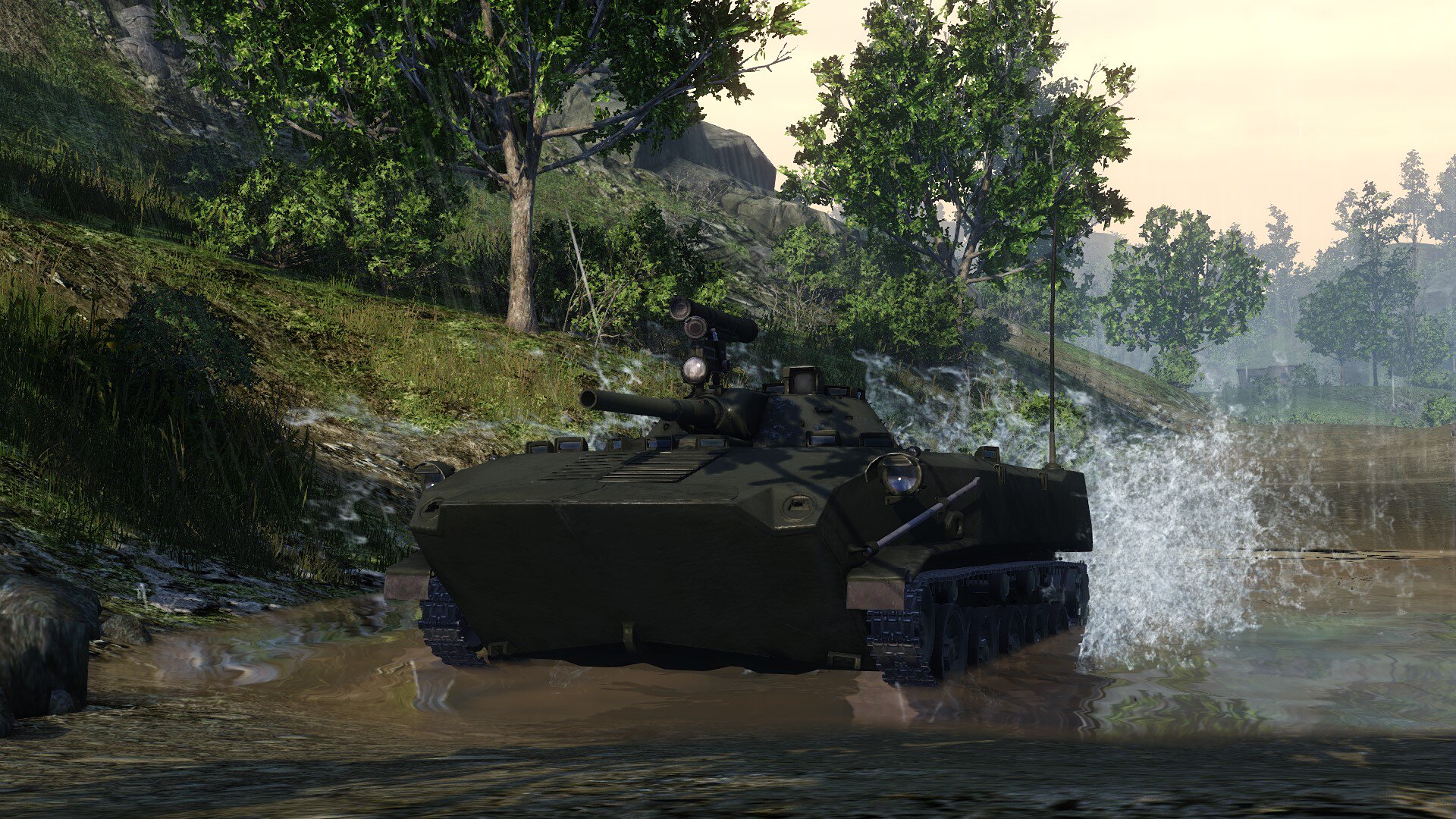
Since its official introduction, the BMD-1 appeared in numerous conflicts all around the world, most notably in the Soviet-Afghan War, the conflicts in Chechnya and various smaller conflicts between post-Soviet republics. A few (most likely 10, but sources vary) vehicles were exported to Iraq in the early 1980s – they all were destroyed during the first Gulf war. Most recently, a few of them appeared in combat in Ukraine, taking heavy losses.
Therein lies the problem of the BMD-1 – unlike the arguably effective BMP-1, the BMD-1 was, thankfully, never really deployed the way it was intended to (as a part of the elite Soviet parachutes against NATO). Several such lightning strikes successfully took place during the Soviet-Afghan war, but such operations were rare and when deployed as a standard IFV, the BMD-1s took heavy losses.
Naturally, attempts were made to upgrade the vehicle – roughly the same way the Soviet infantry IFV BMP-1 was upgraded to BMP-2. The result was the BMD-2 that was officially accepted in service in 1985 with the mass production starting the same year. It is unclear how many vehicles of this type were built. The estimate is perhaps around 1000 vehicles in total (although some sources claim twice as much).
The vehicle was used in combat several times, including the later stages of the Soviet-Afghan war, the war in Chechnya, the South-Ossetia conflict of 2008 and, finally, the currently ongoing conflict in Ukraine where several pieces were used by both sides. It remains in Russian service to this day, forming a backbone of the Russian Airborne armor with around 850 in active service. A modernization under the designation of BMD-2M is currently underway.
However, as early as in the beginning of the 1980s, even with the development of the BMD-2 underway it became clear that the upgrade potential of the original BMD chassis was spent. And so, a long and arduous process was started to develop a replacement by the name of BMD-3. This process was described in two of our articles:
The BMD-3 was larger but it was also expensive and its fate was that of many Soviet era projects in the 1990s. It wasn’t cancelled outright, but only very few (137 or so) were built until 1997, not enough to truly replace the obsolete BMD-1 and BMD-2 vehicles. Plus, it wasn’t exactly up to expectations of the Russian airborne, which is why the BMD-4 was developed.

The BMD-4 was basically a BMD-3 hull mated with a larger turret with the typical late Russian IFV combination of a 100mm low energy cannon and a 30mm autocannon. The first prototype, unveiled in 2002, suffered from numerous issues, however, and the Russian airborne was not really all that impressed with it. Once again, only a very limited number were built, which brings us to the last vehicle of the BMD series – the BMD-4M, built on a brand new chassis for the VDV and unveiled in 2008. Where the BMD-4 is essentially still the technology of the late 1980s, the BMD-4M is a true 21st century vehicle. It is, however, also quite expensive and currently only a limited number is in service. And this is where the airborne part of the story ends and the heavy IFV/BMPT part begins.
In a way, the BMPTs (tank support vehicles) represent the complete opposite to the airborne IFVs. Where the Russian airborne needed to increase its firepower against enemy tanks, the Russian tank formations needed to have its firepower increased against – but against infantry.
The idea of creating a heavily armored dedicated anti-infantry vehicle was not exclusive to the Soviet Union but it was the Soviet industry that started working on it intensively as early as in mid-80’s. The experience if Afghanistan and Chechnya taught the Soviets a painful, yet valuable lesson – even heavily armored vehicles armed with cannons were vulnerable to infantry in urban environment. The massive spread of and major improvements in infantry anti-tank weapons (mostly based on HEAT principle) further increased this thread to the point where for a certain time – especially in the west – it was thought that the tank would eventually become obsolete the way airships and armored trains did many decades before. Others however were actively looking for ways to tip the balance of scales in armored vehicle’s favor and one such idea was to create a heavily armored vehicle with anti-infantry armament to accompany the “classic” tanks.
Protecting your armored vehicles from enemy infantry required certain vehicle “features” not available to regular tanks. First and foremost, excellent gun elevation was required in order to deal with targets above you in hilly or urban environment. This was one of the first things learned by the Soviet troops in Afghanistan – enemy infantry would often be hiding on hilltops where the standard BMP-1 vehicles could not fire, since their elevation was insufficient and Soviet troops were forced to utilize anti-aircraft vehicles (which were well armed but very poorly armored, sometimes vulnerable even to small arms fire) as ground support. This issue was only mitigated by the arrival of the BMP-2.
Second very important requirement was to make the vehicle resistant to infantry weapons, specifically to HEAT launchers such as the famous RPG series. This called not only for thick armor (ideally composite) but also for the massive use of ERA, covering vulnerable parts of the vehicle – in Afghanistan however, such a technology was not available en masse.
Nevertheless, between 1985 and 1986, Chelyabinsk Tractor Plant started working on a program to develop a vehicle they called “mountain tank”, producing between 1987 and 1996 three distinct projects they thought suitable for the tanks support role – Object 781, Object 782 and Object 787 (sometimes referred to as Object 745 by certain Russian sources). You can read more about those vehicles in our dedicated article.
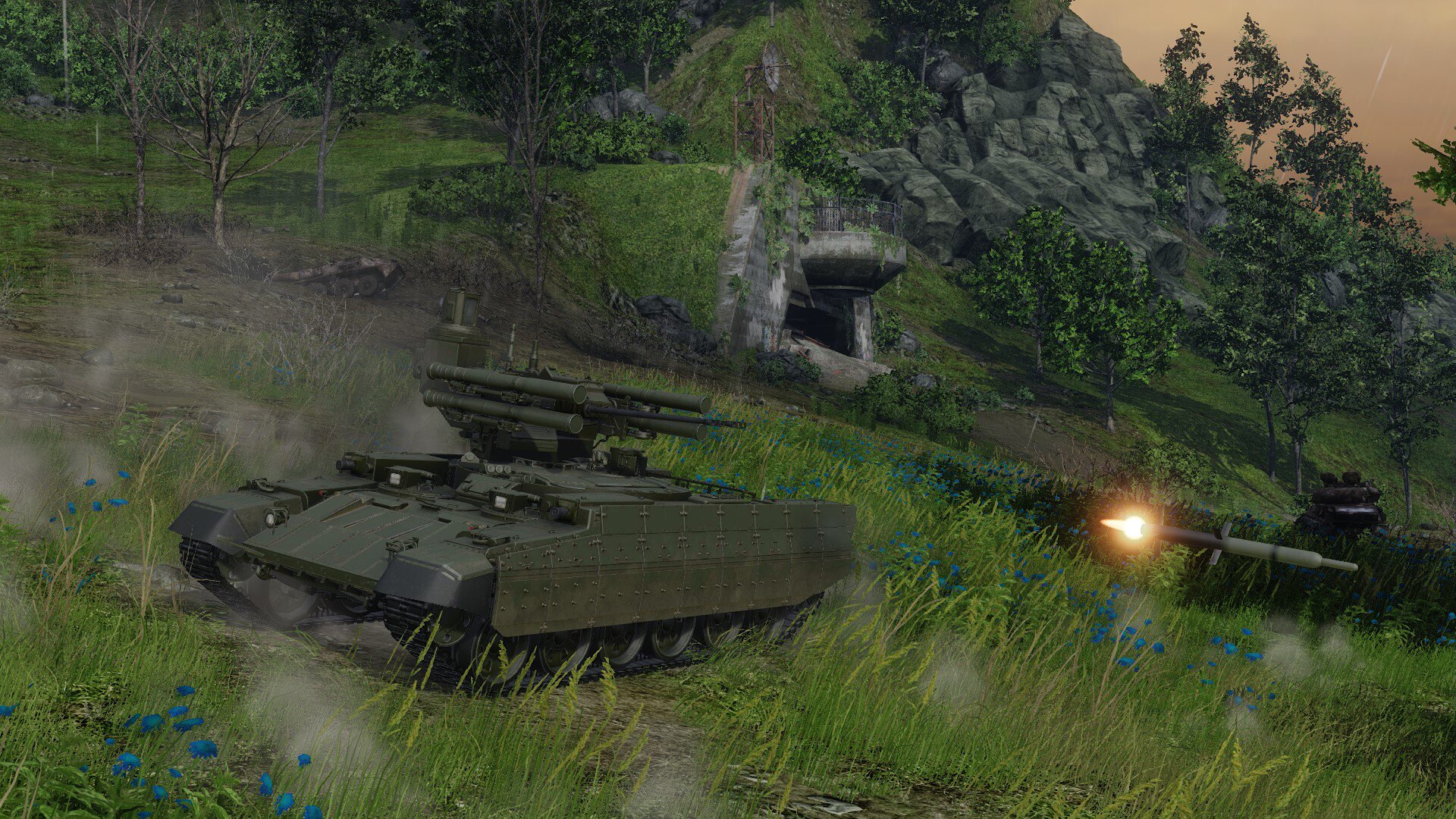
These vehicles were never adopted by the Russian military but the concept lingered on through the 1990s until the arrival of the first BMPT in 2000 – a T-90 MBT converted to a fire support vehicle by removing its turret and adding two 30mm autocannons with four missile launchers.
The BMPT eventually evolved into the BMPT-72, which you can read about in our dedicated article that also covers much of the modern BMPT development history.
The heavy fire support concept does not, however, end with the Terminator. During the 2015 Victory Day military parade, a superheavy IFV based on the Armata platform, was unveiled for the first time to public. This IFV received the designation of T-15 (sometimes T-15 Armata or even T-15 Barbaris, although the latter name is almost certainly not official). Compared to the earlier light Russian IFVs, the T-15 is a true behemoth with its weight of just under 50 tons. Despite its undeniable qualities, it’s unlikely to be ever deployed en masse as the modern technologies under its hood along with its size and weight category make it prohibitively expensive.
From January 1 to January 31, 2019, the following Russian Fire Support Vehicles will be available for lower price than usual. Additionally, all vehicles of this branch will receive a 30 percent discount on the Battle-hardened status:
BMD-1 Tier 3 AFV – the first of the Russian airborne series, the BMD-1 was a tiny vehicle, designed to be as light as possible while offering the same level of firepower as the BMP-1. It was fast and agile but its low weight was paid by extremely thin armor that barely stopped anything bigger than standard bullets. You can read more about it in our dedicated article.
- Discount: 35%
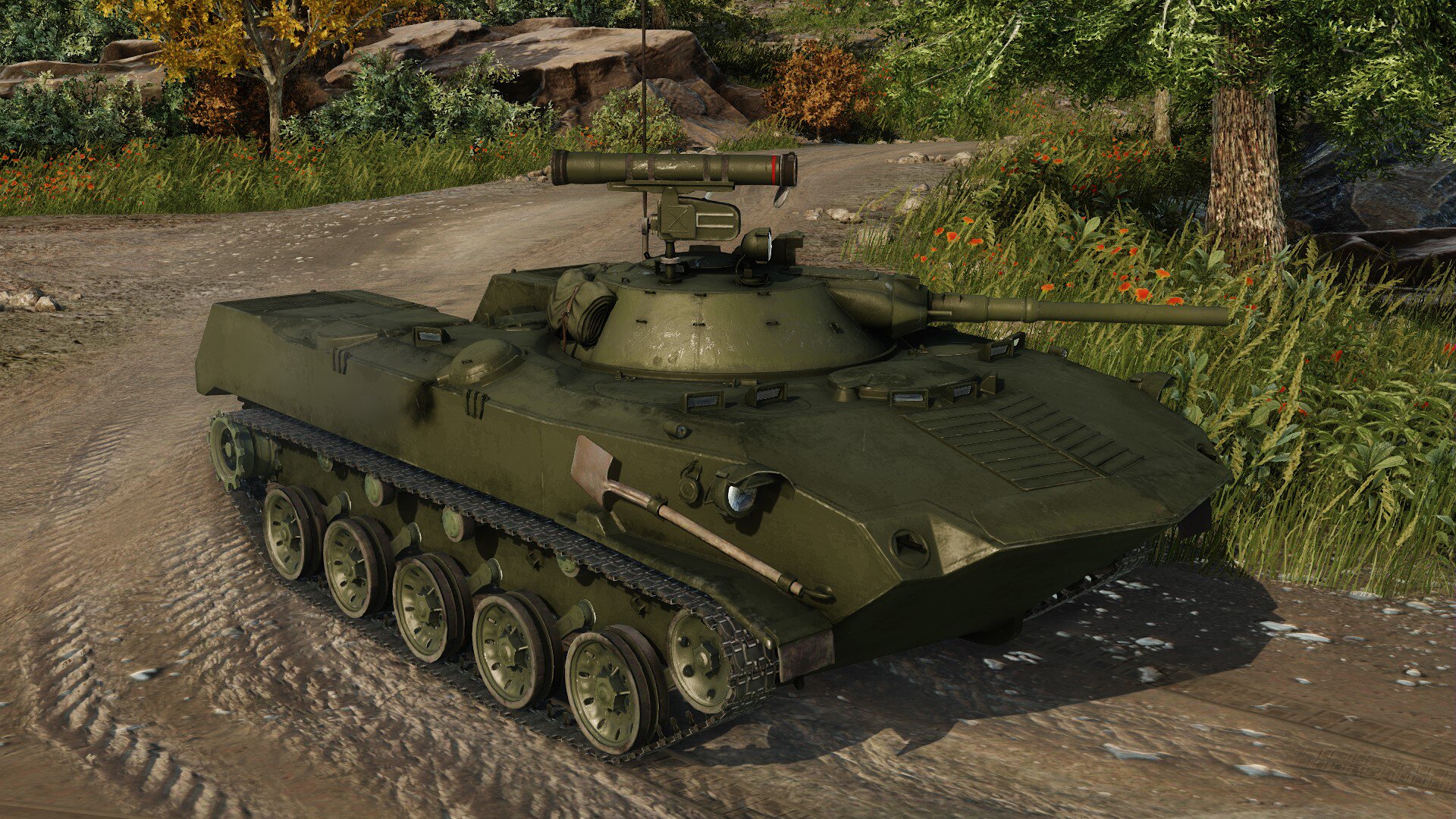
BMD-1P Tier 4 AFV – this is an improved version of the BMD-1, fitted with a better missile launcher, firing the Fagot or Konkurs missiles instead of the original Malyutka. A limited number only was built and it wasn’t overall a major improvement. Nevertheless, the new missiles allowed it to counter more advanced western MBTs on the battlefield. You can read more about it in our dedicated article.
- Discount: 35%

BMD-2 Tier 5 AFV – the first and only major improvement using the BMD-1 chassis, the BMD-2 had its weapon module replaced by that resembling the BMP-2 with a 30mm autocannon. The Russian Airborne requested even more firepower but the chassis’ tiny size did not allow the vehicle to carry a larger gun, leading to the development of a bigger chassis. The vehicle was, however, just as vulnerable as the BMD-1, making it generally obsolete on the modern battlefield. You can read more about it in our dedicated article.
- Discount: 35%

BMD-4 Tier 6 AFV – the result of the abovementioned bigger chassis development led to the BMD-3 AFV, available in very limited numbers in the 1990s. As the next step, its firepower was increased by replacing the 30mm weapons module with a 100mm gun and 30mm autocannon combination. This version received the designation of BMD-4 and while the firepower improved compared to its predecessor, the BMD-4 suffered from a large number of teething issues and the Airborne was never really happy with it, leading to, once again, very small production numbers. You can read more about it in our dedicated article.
- Discount: 35%

BMD-2M Tier 7 AFV – the BMD-2M is a step backward of sorts – a heavily modernized variant of the BMD-2 for Russian service. The BMD-2 is being kept operational simply because nothing else is available in sufficient numbers, leading to several attempts to increase its combat value. It’s technically a more modern vehicle than the original BMD-4, which is why it appears one Tier higher despite its smaller size and older chassis. You can read more about it in our dedicated article.
- Discount: 25%
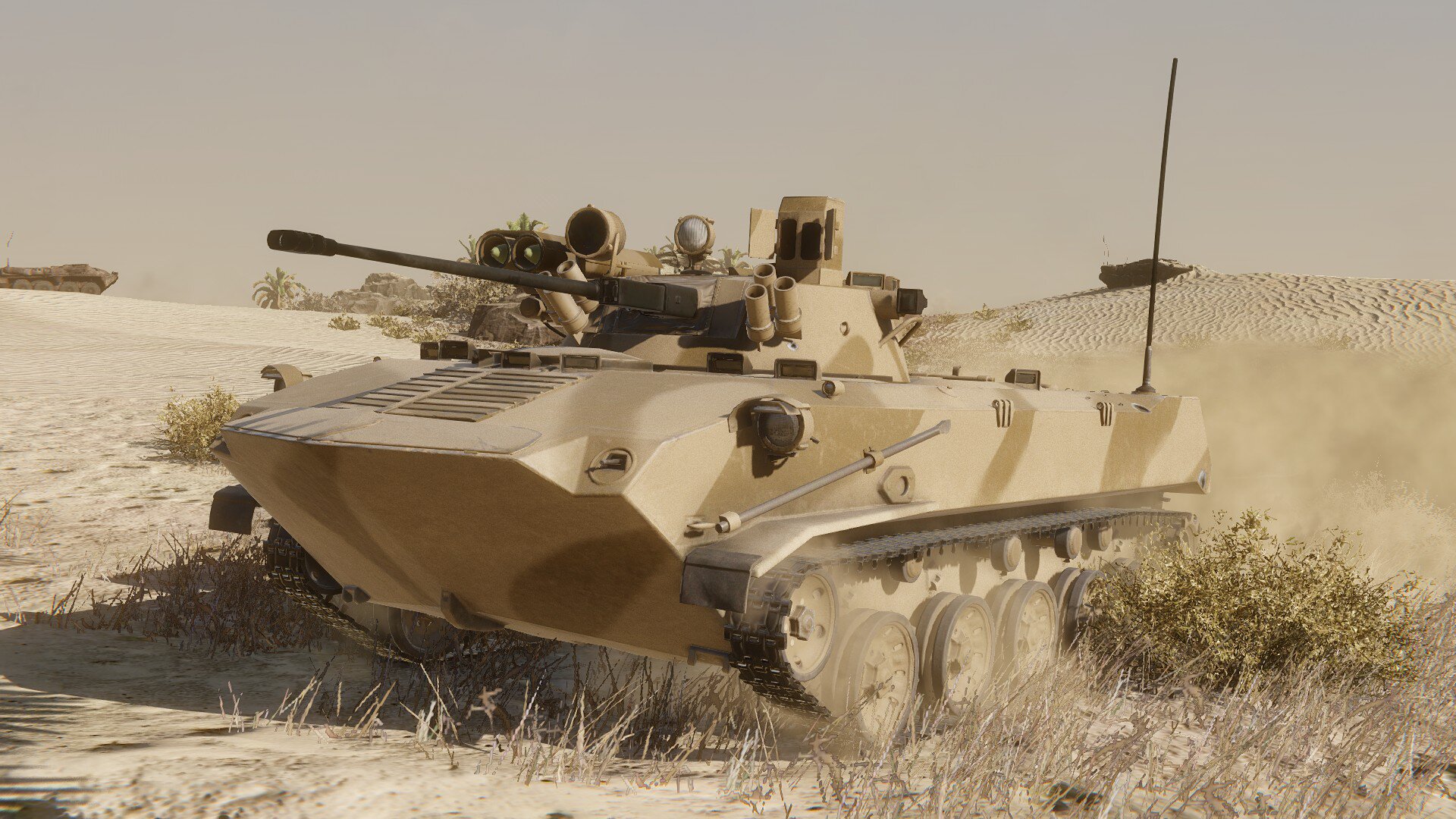
Ramka-99 Tier 8 TD – this is the first of the Terminators, the T-90-based BMPT shown to public for the first time in 2000. It represents a shift from the light scout BMD gameplay, relying instead on its armor and firepower. It’s armed with two 30mm autocannons and four Ataka missile launchers, allowing it to take out its enemies with a salvo of guided missiles. You can read more about it in our dedicated article.
- Discount: 25%

BMPT-72 Terminator-2 Tier 9 TD – the Terminator-2 is an evolution of the original BMPT. Built upon a T-72 chassis rather than that of a T-90, it features a number of improvements including better protection, more advanced electronics and two engine options. Three hundred of these were ordered by Algiers with the deliveries starting around this time. You can read more about it in our dedicated article.
- Discount: 20%
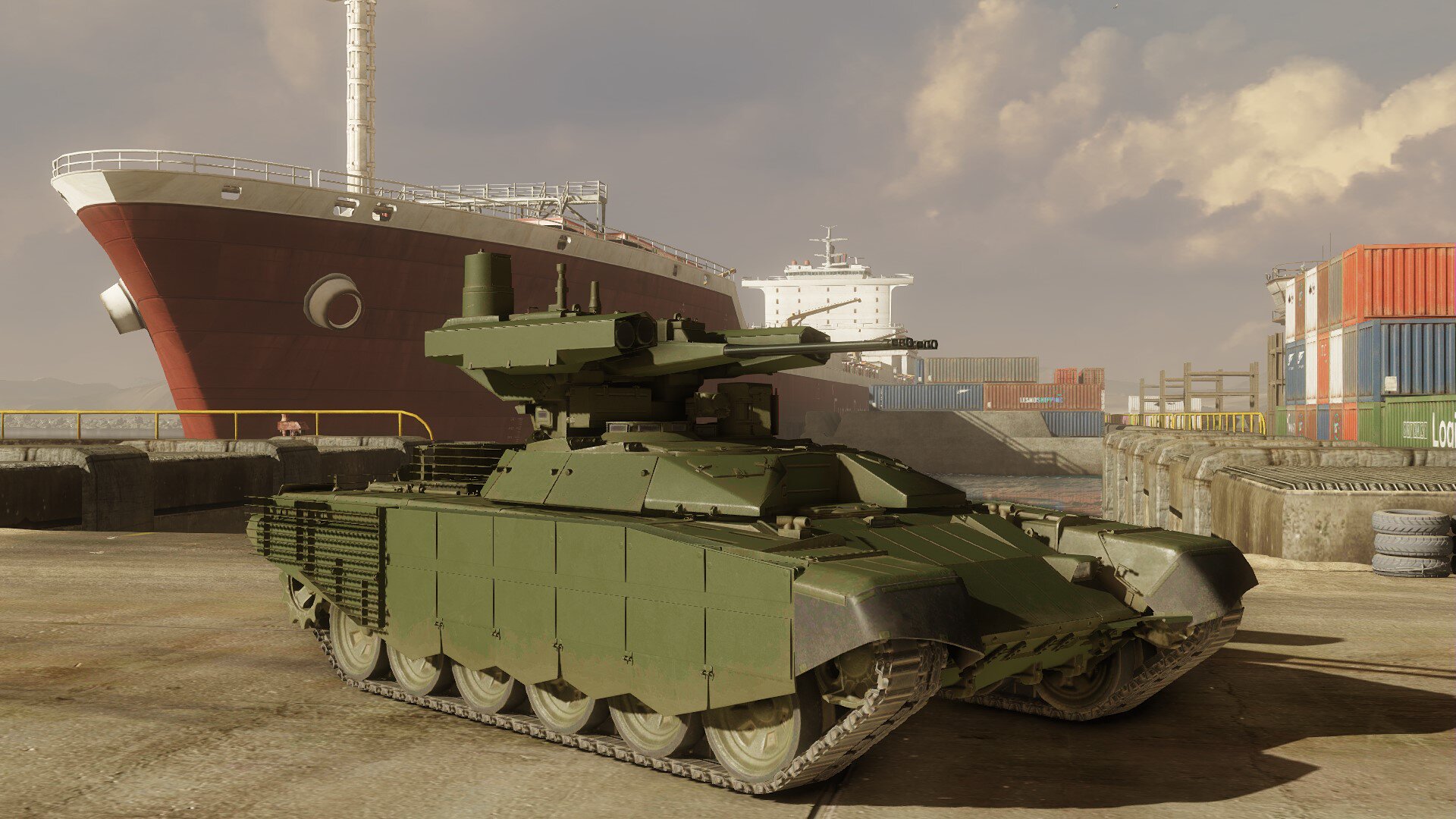
T-15 Tier 10 TD – theT-15 is one of the most divisive vehicles of Armored Warfare. Admired by some, hated by others, it’s clear that it can make a large mark on the battlefield if played correctly thanks to its toughness and the ability to fire guided missiles in rapid succession. It’s technically not a Tank Destroyer but an IFV – a superheavy infantry vehicle based on the Armata platform, intended for elite units and breakthroughs. Its ability to devastate enemy tanks with missile salvos earned it, however, a switch to the Tank Destroyer class. You can read more about it in our dedicated article.
- Discount: 15%

Play style-wise, there are two distinctive categories in this branch.
The first part of the branch are the BMD Light AFVs.
Light AFVs are, hands down, the best scouts in the game. Whether staying hidden behind a bush and observing enemy vehicles at distance or using their high speed and maneuverability to quickly spot the enemies and disappearing behind an obstacle before they have a chance to react, the light AFVs are the ultimate eyes and ears of each team. No vehicles are as good at this and a single capable scout can turn the tide of battle in your favor, especially if the enemy team lacks an equally skilled spotter.
Their mobility is also second to none with nearly instant acceleration – some of the wheeled vehicles might be a bit difficult to control due to all that speed but once you get the hang of it, you’ll be taking turns as if there was a fresh batch of tofu in your trunk waiting to be delivered. The most important part, however, is to be aware of your environment – being stopped by running into an obstacle in the middle of a dogfight will surely lead to your quick demise.
However, there’s a price to all this speed and influence. The Light AFVs are, hands down, the most fragile vehicles in the game and even a single hit from anything bigger than an autocannon can deal massive damage, immobilizing you, killing the crew or destroying multiple modules. High Explosive shell hits are especially devastating since their explosive splash makes it much easier to immobilize an AFV by destroying its wheels or tracks. A static and spotted AFV is a dead AFV – this is especially important for players who prefer to stay hidden rather than run around the battlefield. It is crucial to immediately relocate when spotted, as everyone and their grandmother will instantly target you as an easy kill.
Regardless of what weapons systems they use, the Light AFV firepower is also quite low and their fire support ability will always be inferior to other classes. AFVs armed with guided missiles can take out a MBT with some luck and careful aiming but their autocannons are only useful against other light and unarmored targets. If attempting to score some kills, missile-carriers like the VBL should therefore stay away from the front line. Vehicles relying on autocannons should, on the other hand, close in and take out their targets by firing at exposed enemy flanks.
If you prefer a combination of stealth and speed, like to silently wait in hiding, to mark your enemies and drive them mad by the fact they can’t see you and you like to have a lot of influence on the flow of battle, the light Armored Fighting Vehicles are the best class for you. Be warned though – they are possibly the most difficult vehicles to play in all of Armored Warfare. Mastering them requires not only solid knowledge of game mechanics, but also careful planning and the ability to read the battlefield.
The second part of the branch are the Terminator Heavy Tank Destroyers.
Earlier, these vehicles were listed as AFVs but were changed to the Tank Destroyer class to better reflect their in-game role. These vehicles consist of heavily armored (MBT-level) hulls and lightly armored unmanned or low-profile turrets. They can fire multiple missiles in a row (most often four), can deal tremendous damage in a few seconds and are armed with autocannons as their backup weapon. On the downside, they are massive and very conspicuous, resulting in poor camouflage factor values. While their hulls can take tremendous punishment, their turrets are generally only lightly armored and easy hits can be scored them due to their size. Finally, they are roughly as mobile as Main Battle Tanks, resulting in few chances to run away. These vehicles can be played as mid-range support, staying behind the MBT picket line and shelling the enemy with their guided missile fire before retreating to reload. Should a pesky AFV get behind your line, these vehicles will make short work of it with their autocannons.
We’ll see you on the battlefield!




